Location: just outside of Cessford, 10 miles east of Jedburgh, Scottish Borders, Lowlands of Scotland
kind of castle: L-shaped tower house
today: privately owned, visible from St Cuthberts Way, information boards closeby
public transport: buses to Morebattle
scheduled monument: no
managed by: privately owned
entrance fee: £ 0
opening times: 24/7
directions: Cessford Castle – Google Maps
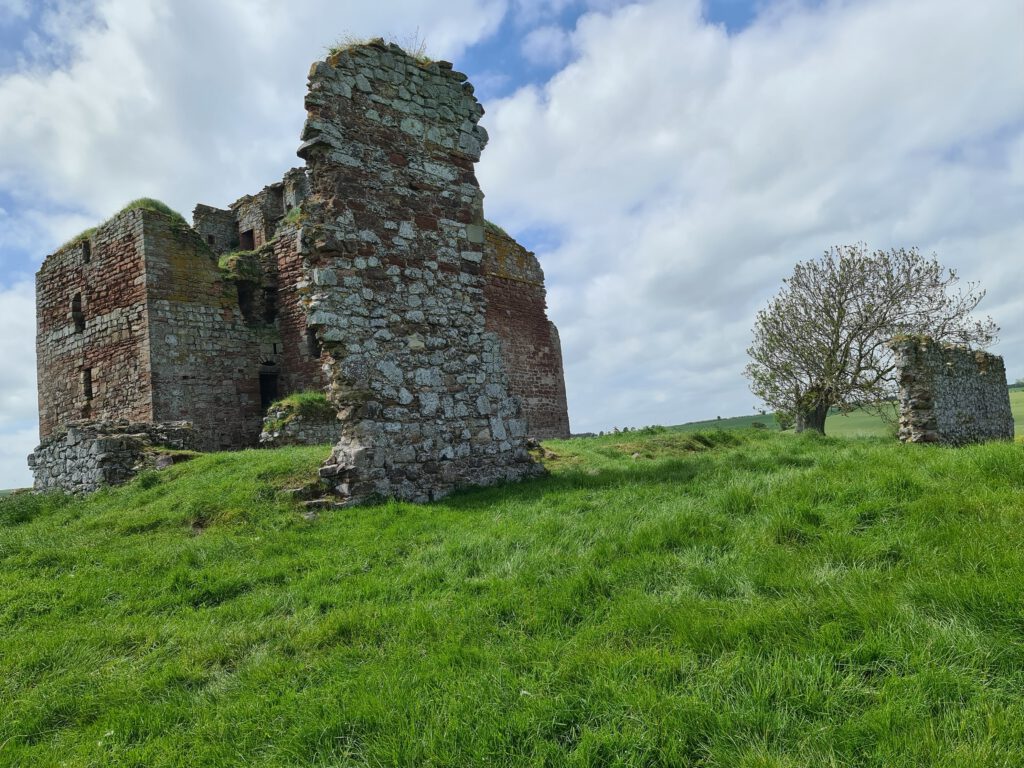
Cessford Castle was built by a family later to become the Dukes of Roxburghe, the Kerr family. One of the most powerful families in the Scottish Borders the Kerrs long served as the Wardens of the Middle March, only 8 miles from todays Scottish-English border, long one of the most troubled borders in all of Europe.

Being the ancestral seat of the Kerrs for only about 200 years the castle was built around 1450 by Andrew Kerr, serving not just as the ancestral seat but also as the home to a notorious Border Reiver. Clearly visible to this day is, that the castle wasn’t built in one phase, and it is even thought that the tower house was erected on the site of an even earlier castle, giving the position close to the Border, that makes sense. And giving the proximity to the Border it is also clear to this day that Cessford Castle wasn’t just to show off that the Kerrs had power, but it was also a strategic position for reiving operations and protecting Scotland from English invasions.
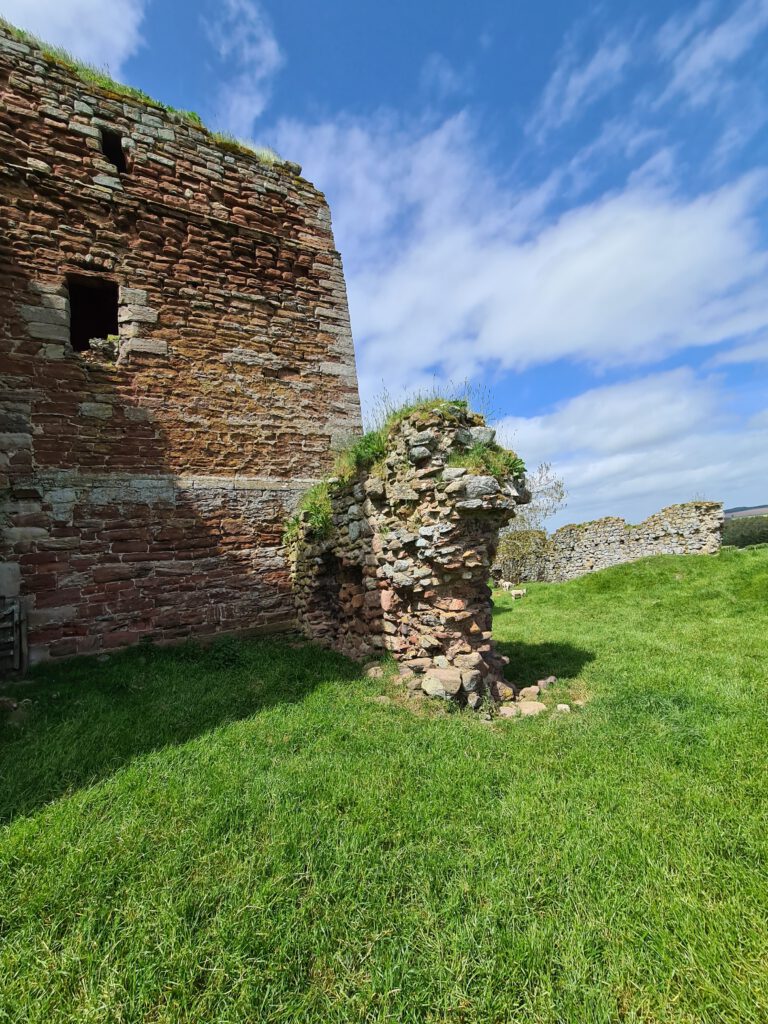
Much of todays structure dates back to the 1450s, however, there are suggestions that there are even older parts inside the castle, as far back as 1390, even if this is not necessarily the case there must have been a structure there around the death of Robert II. The later part mostly erected by the Ker family, Cessford Castle wasn’t always in Ker hands.
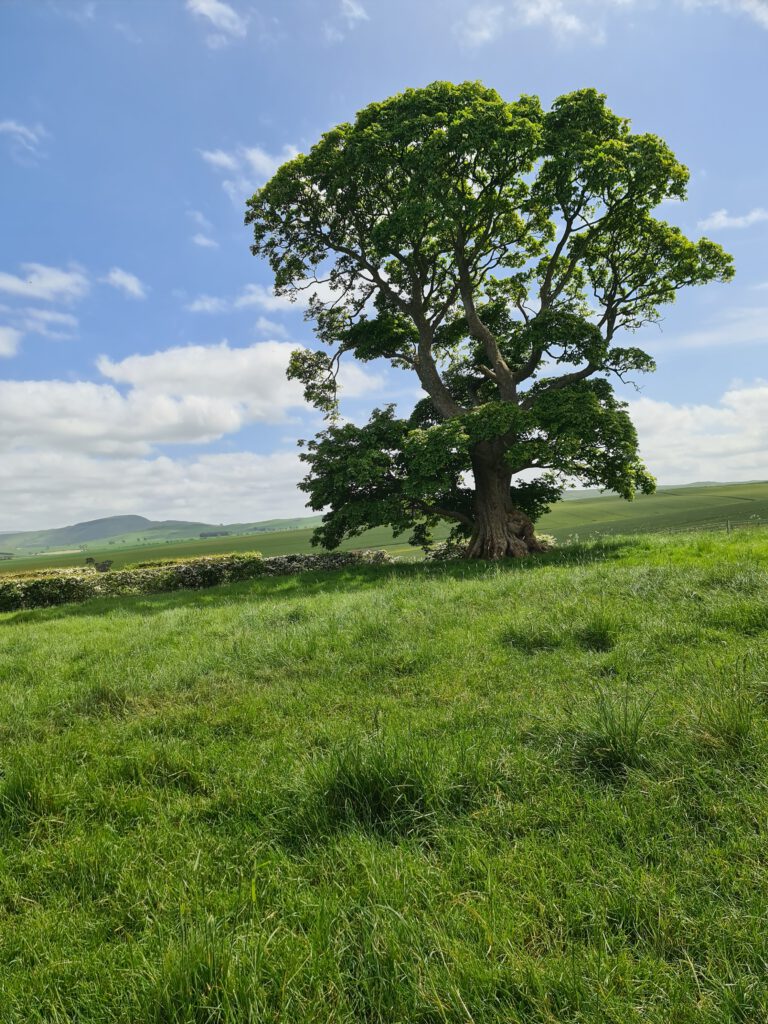
During the early years it was in the hands of the Mowbrays before Robert the Bruce forfeited the land in 1316 and the castle grounds (with a castle there or not) were held by the Sinclairs for about a century before they passed into the hands of the Kerrs of Cessford in the 15th century, only to make that branch of Kerrs rival with their relatives of Ferniehirst. In 1482 the castle was ordered to be garrisoned by 60 men of war and it is noted that the Earl of Northumberland, Henry Percy, knighted twenty of his soldiers at the “mains of Sessford” in 1482 after the English captured Berwick upon Tweed, earlier the same year.
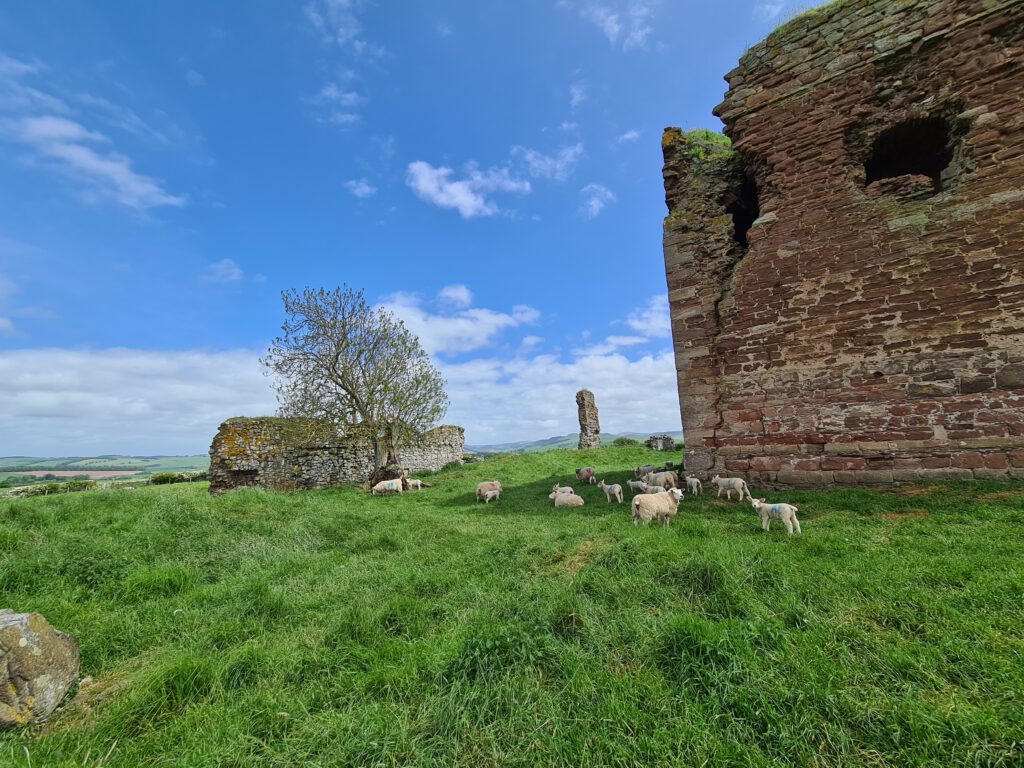
Alongside the feuding, especially with the Scotts of Bucchleuch during the 1500s, the Kers were kept busy on the border defences as well. The feud with the Scotts was the cause of Elizabeth Scott’s, the widow of Buccleuch and a born Ker of Cessford, death after the Kers burned down Catslack Tower near the town of Selkirk in 1548.

This all happened just years after the English had taken over Cessford Castle. After slightly damaging the castle in 1519, the Earl of Surrey laid siege on the castle in 1523, but the castle wasn’t destroyed by the English army, they held out the siege and eventually surrendered, after having discussed the terms of this surrender and surviving it. Tracing back to the Earl of Surrey it is documented that he himself believed he would have never taken the castle if it wasn’t for the surrender. It was the same year that Cessford Castle was recognized as the third strongest castle in Scotland.

During the following years the castle was restored fully, but sadly was burnt in 1543 and just a year later further damages were caused by the English. It most likely wasn’t even those damages but just the comfort aspect that made Sir Robert Ker abandon Cessford Castle in 1607, moving to a place near Melrose. Sir Robert was later to become the 1st Earl of Roxburghe. Cessford was subsequently occupied by the family still until it was fully abandoned in 1650. Some 60 to 70 years later the family moved to what is known today as Floors Castle, using some parts of the old Cessford Castle in the building process.
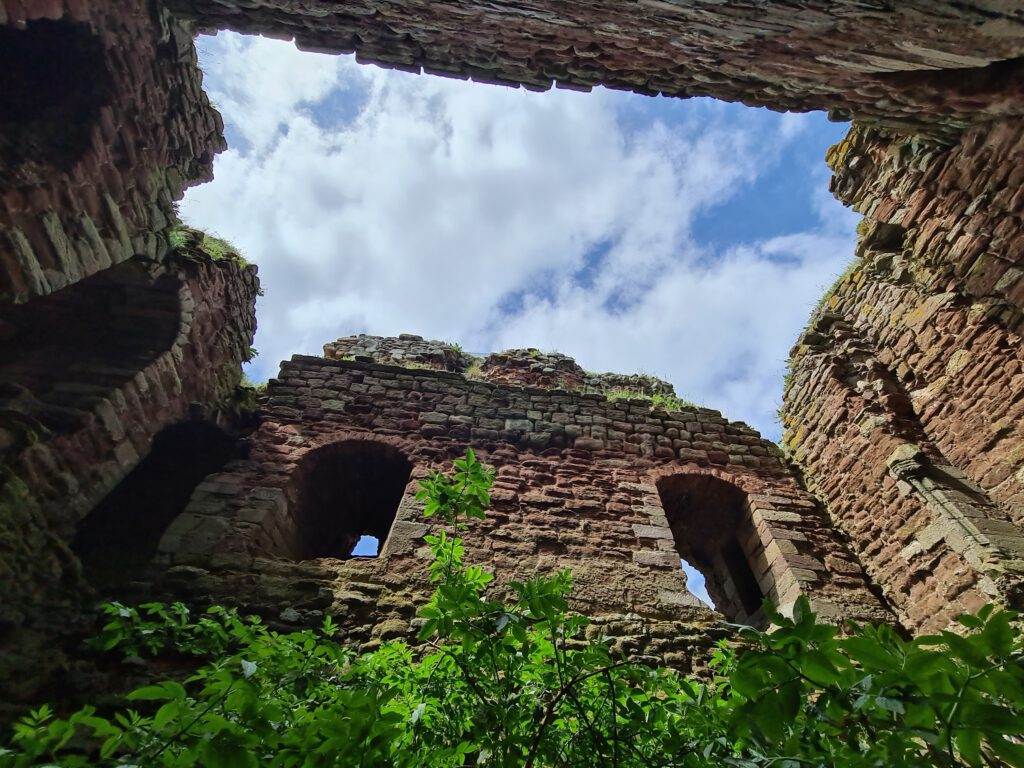
In the meantime, the Earls of Roxburghe became the Dukes of Roxburghe, keeping their subsidiary titles of Baron Kerr of Cessford and Marquess of Bowmont and Cessford. Maybe with the new titles came the want for more comfort and so the new location of Floors Castle was the perfect way to get away from the defence fortification Cessford Castle.
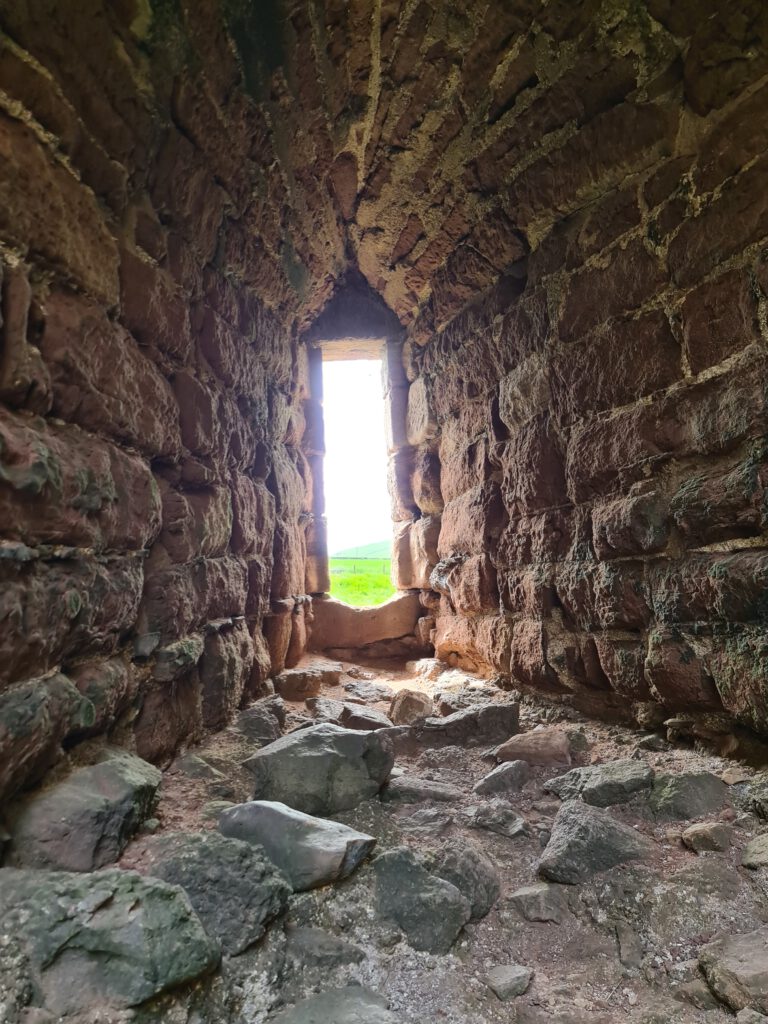
Today there is still a lot of the castle visible, and it is a very special place if you consider that there are not many castles from that period left that escaped entire destruction, but this once more is likely due to Cessfords defensible and strong design. Originally built as an L-plan tower house it consists of a keep with a wing and walls up to 13 feet thick, consuming more than half of the total width of the castle and over a third of its length. To top that off it is most likely that the outside wall as well as formidable earthwork once enclosed the whole complex, building a perfect defence.
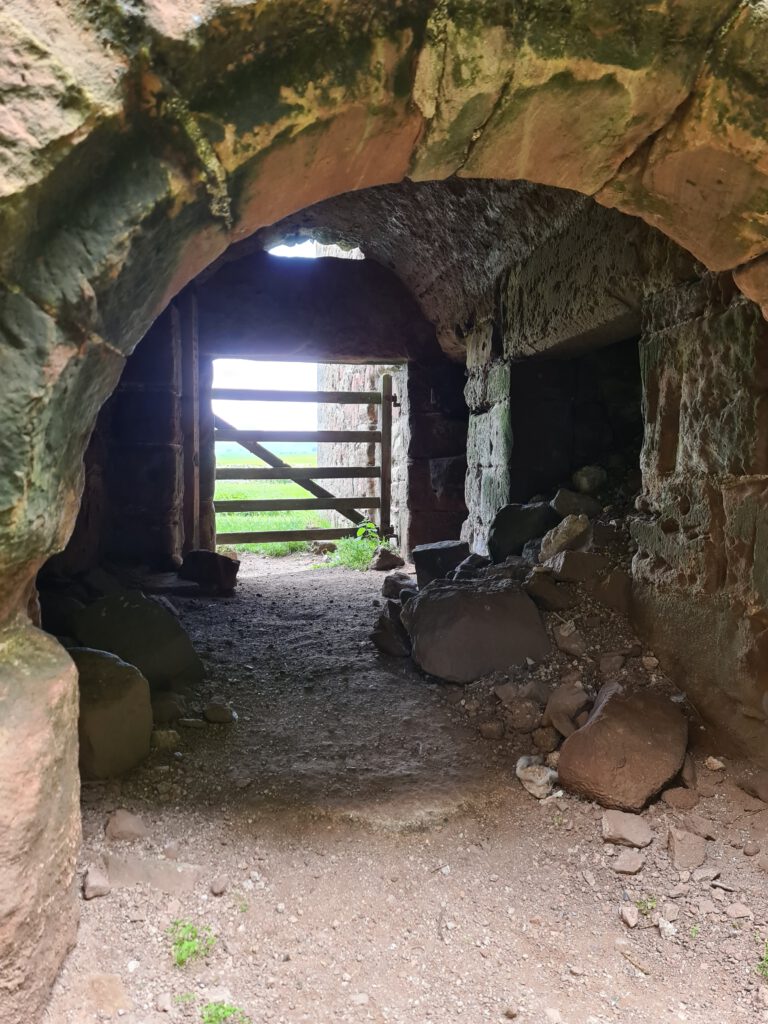
Several storeys high, the castle wasn’t the only building on the premises, there once was a gatehouse and some more buildings, erected up against the courtyard wall. Consisting of a vaulted basement and hall, kitchen, and a dungeon. Looking pretty unusual when first seeing it, the entrance is in the re-entrant angle of the castle. All this made it absolutely perfect for accommodating the Kerr family, their servants, and retainers as well as the garrison of 60 troops, in a time of need. Of course, they weren’t all accommodated in the castle itself but within the courtyard walls.

Over the years it is no wonder that the state of Cessford Castle got worse, however, being privately owned the castle didn’t see repairs for a while but has recently been worked on and major issues were solved, making the structure a bit more secure for the animals around and people visiting it.
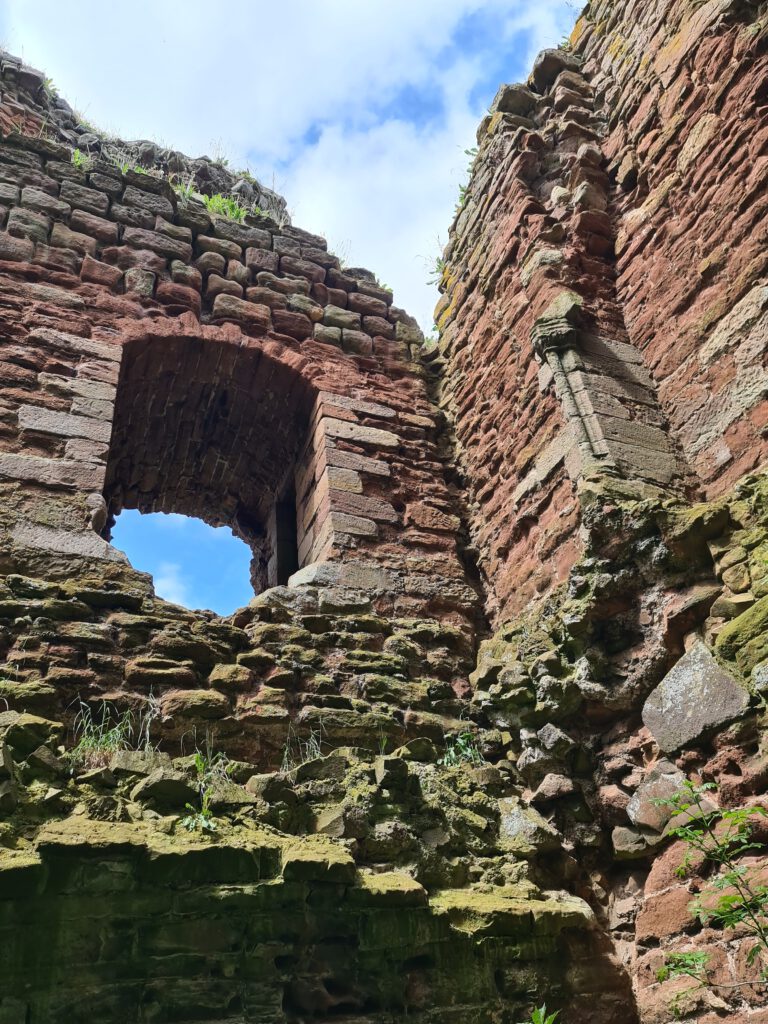
However, the interior may have a gate and can be entered but it is still dangerous to do so, the formerly fallen down stones build todays floor of the castle and are the perfect example of the dangers surrounding it. Entering might be possible but definitely not advised.
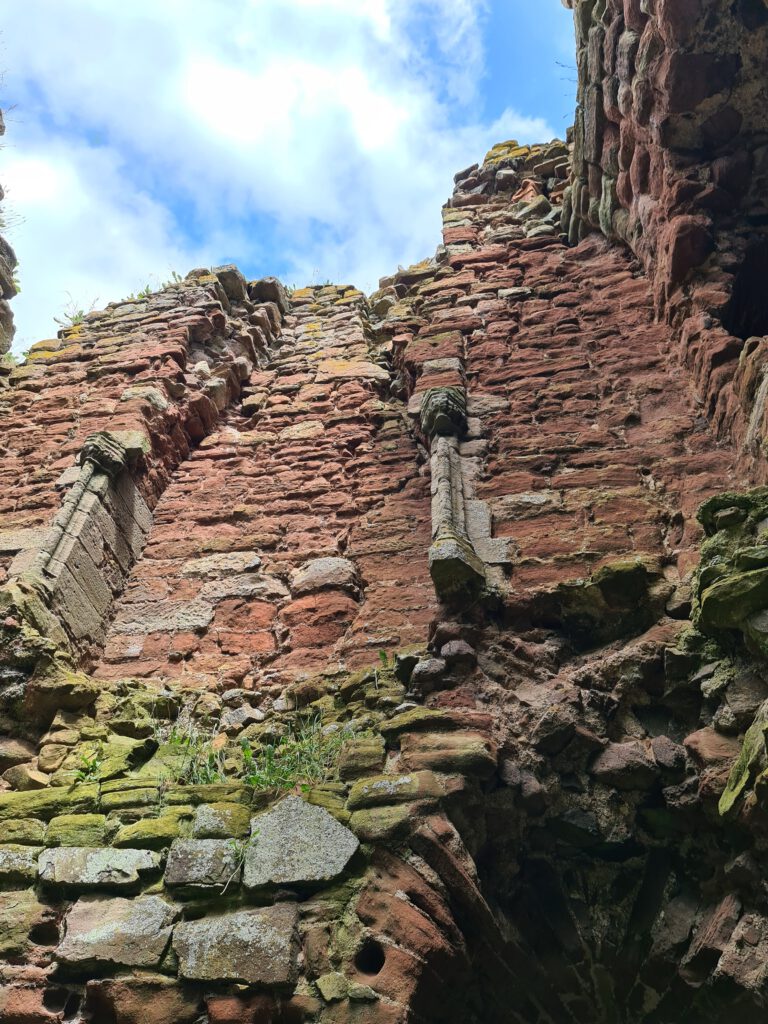
When you follow the St Cuthbert’s Way it is very convenient to take a break at the castle and enjoy the lovely countryside along with the beautiful place that might just be one of the most important historic and architectural monuments in the Scottish Borders, showing the sense of brutal power that Cessford Castle was built to withstand.
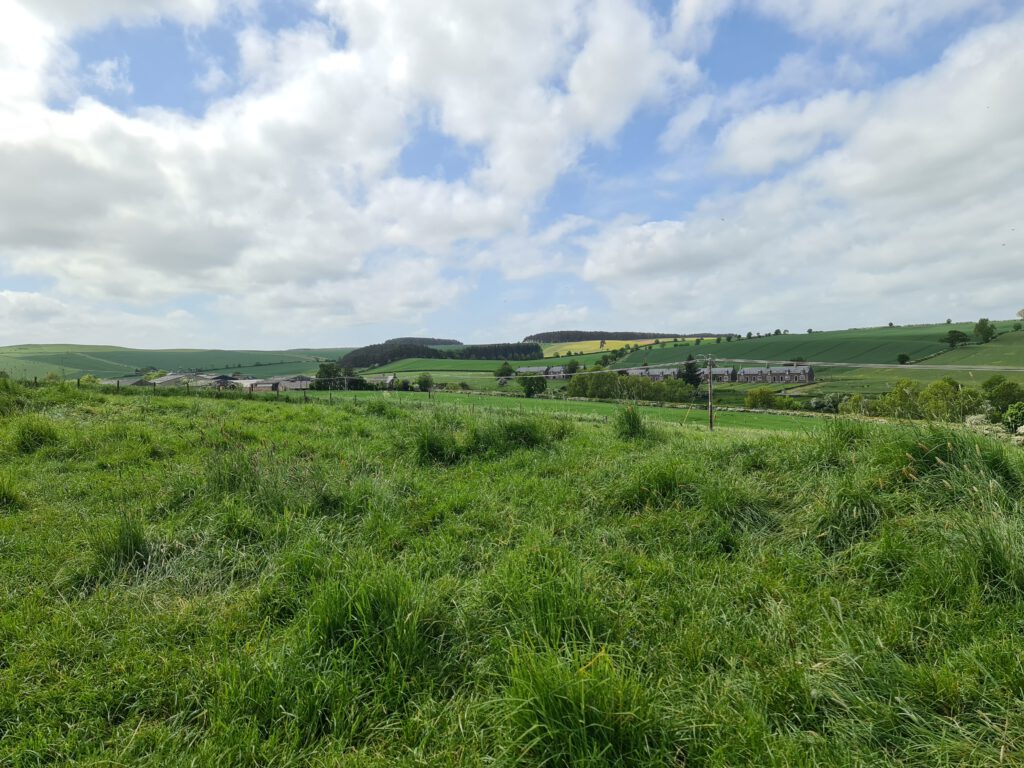
It is great there and very beautiful on a sunny day, so make sure to pack a small picknick and stop for a while soaking it all in, make sure to leave a donation, if possible, to support the work keeping the castle intact for generations to come, keeping alive this part of history.

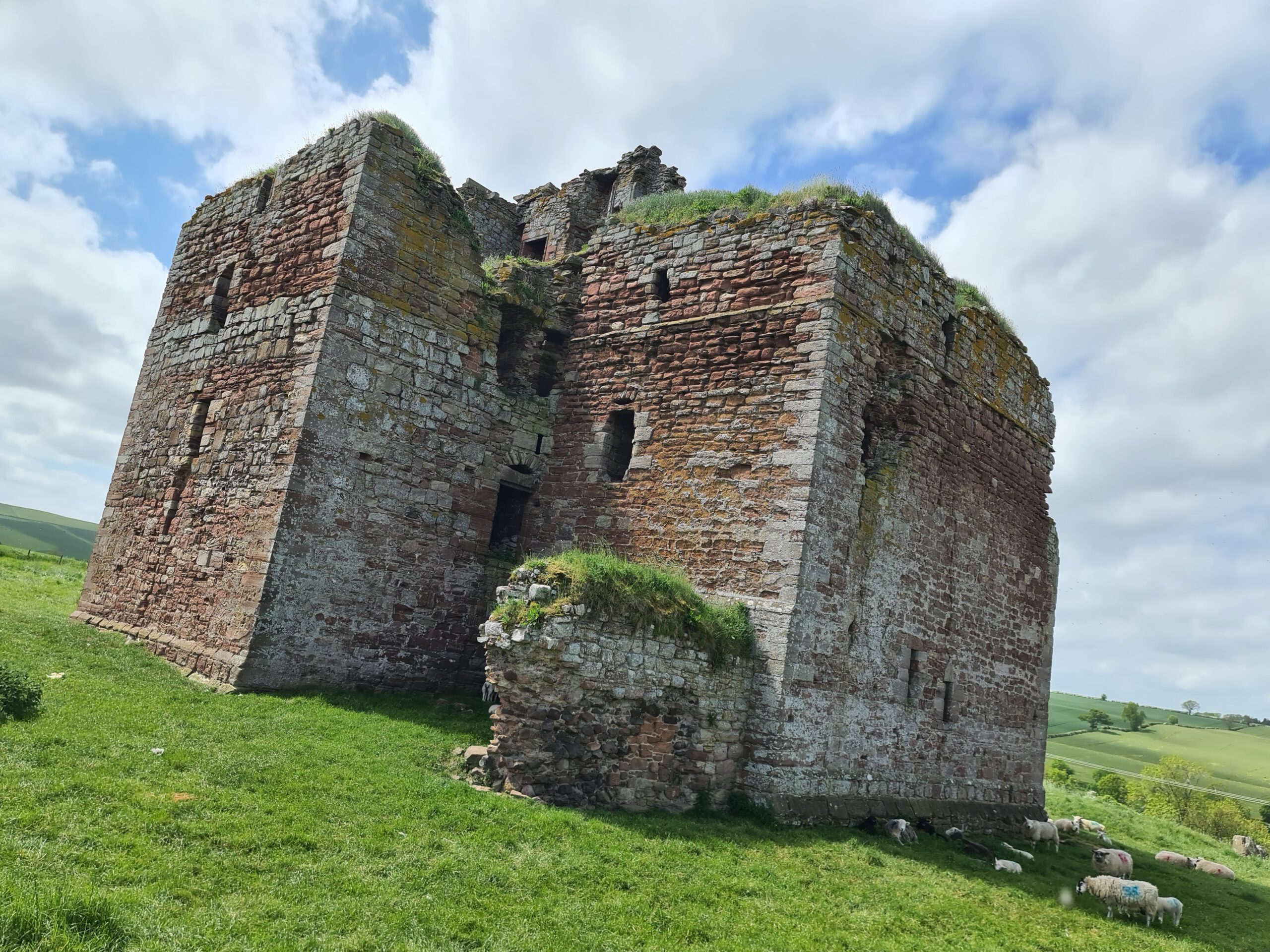
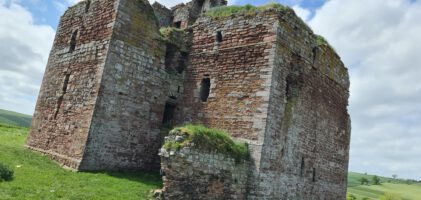
Pingback: Wallace’s Tower, Roxburgh – A scottish World
Pingback: Floors Castle – A scottish World
Pingback: St Cuthbert’s Way (Scottish Part) – A scottish World